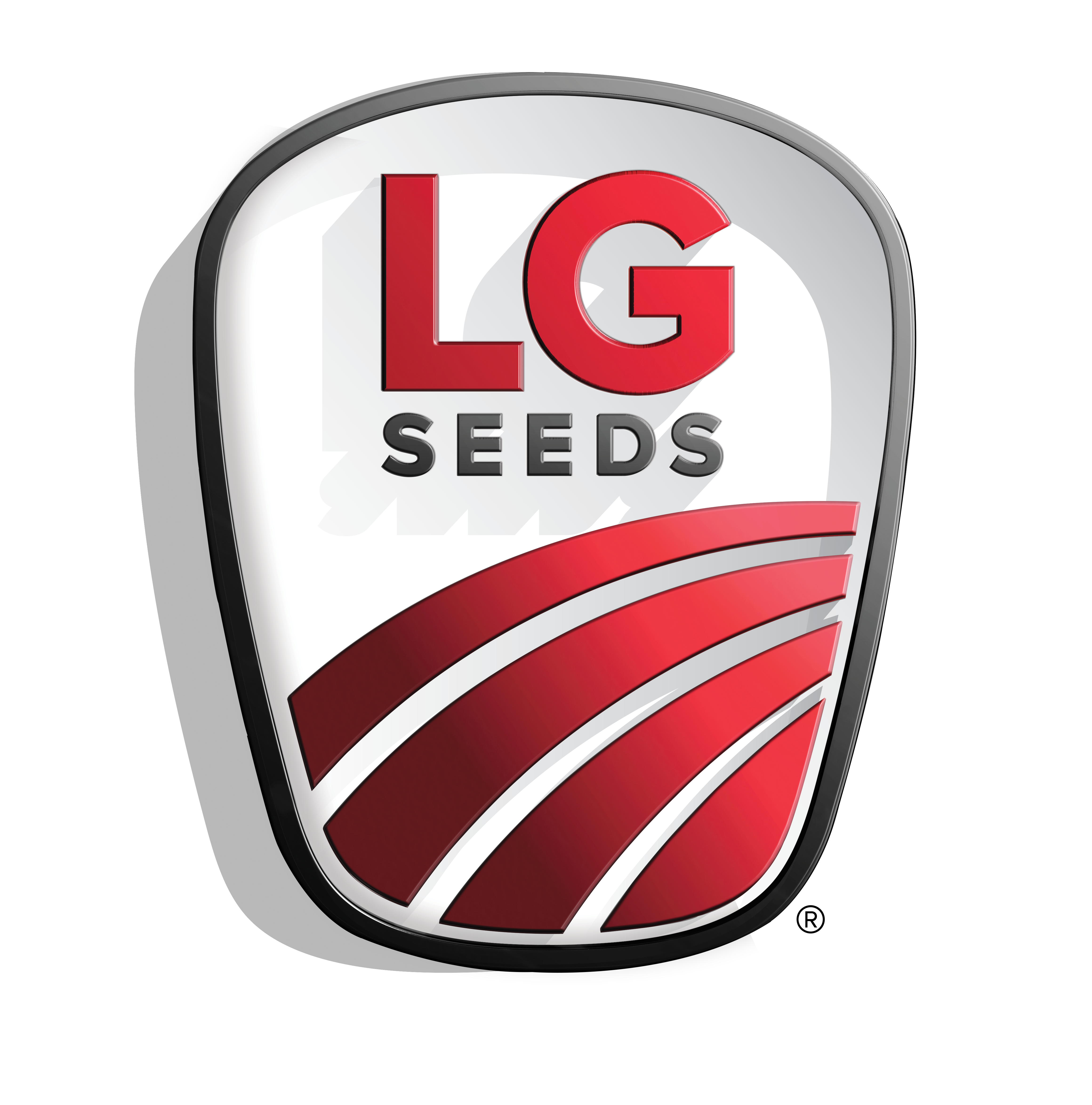AGRONOMIC RESOURCESTO SUPPORT EVERY SEASON
YOU CAN TAKETO THE FIELD
Nitrogen: Essential Planning for an Essential Nutrient
N-P-K
You know what it means. You see it on every fertilizer container, and you understand that (as the three primary nutrients that plants get from the soil) nitrogen, phosphorus, and potassium are critical to plant growth.
But only one is listed first.
Nitrogen.
As one of the most essential elements of plant development, nitrogen is vital in the production of amino acids (proteins), chlorophyll (photosynthesis), and various other biochemical reactions.
In fact, nitrogen is largely responsible for:
- Improving crop yields
- Increasing soil water retention
- Improving soil structure and fertility
- Increasing crops’ nutritional value
A nitrogen deficiency can lead to stunted plant growth, poor grain fill, and (you guessed it) lower yields.
Yet too much nitrogen can cause complications and even affect your bottom line.
As a farmer, focusing on nitrogen management/monitoring is essential if you want to maximize your yields and ROI (especially when growing corn).
And as your reliable partner in the field, our LG Seeds agronomist team is on standby to help you make the best nitrogen management decisions for your farm.
So let’s jump in. When it comes to nitrogen management on your farm, remember The Four R’s: Right Rate, Right Time, Right Source, and Right Place.
Right Rate
Determining the optimum nitrogen rate for each field is an important first step. When making a decision, you’ll want to factor in soil type/conditions and topography.
Of course, your fertilizer needs will vary widely depending on crop species. When on a corn/soybeans rotation, we all know that corn often requires a lot of nitrogen and that soybeans, as legumes, do a lot of the work themselves.
And if you grow sorghum on your farm, think more like “corn” and less like “beans”... sorghum is going to need the N.
But first and foremost, use your data. Check out your soil test results, and use those to identify what you’re working with.
Right Time
With nitrogen, timing is everything. Shoot for supplying an adequate amount right when the crop needs it.
But that can be tricky. Since the amount of nitrogen in the soil is closely tied to soil moisture and conditions, “doing your best” is sometimes the best you can do. Just keep this in mind—applying N during planting can be convenient (and even necessary). But by the time the root zone needs it, much of it may already be gone.
Right Source
When it comes to selecting a nitrogen fertilizer, you’ve got options. Whether you prefer anhydrous ammonia, UAN (28-0-0), or urea, you can find reliable sources in both liquid and granular forms that work best for your acreage.
Anhydrous ammonia (NH3), a popular fall-applied fertilizer option for Midwest farmers, is applied directly into the soil via 10-20 centimeter injection. It contains the highest amount of nitrogen of any fertilizer, at a whopping 82%.
Urea, the most common nitrogen fertilizer, is incorporated into the soil and packs a punch at 46% nitrogen. In liquid form, urea ammonium nitrate is common in sidedressing.
UAN, a more versatile nitrogen fertilizer, contains three forms of nitrogen: urea, ammonium-N, and nitrate-N. The combination of all three nitrogen forms allows farmers to reduce costs by applying several materials simultaneously, instead of making multiple separate applications.
Of course, you can boost your soil’s nitrogen by planting N-fixing cover crops and even spreading manure. But depending on the type of manure, the amount of nitrogen you get can be minimal.
Right Place
Regardless of what product you use and how it’s applied, be sure you place your nitrogen right where the plant needs it—in the root zone. Remember, leaching and denitrification can quickly drag down your available nitrogen. Maximize your ROI by placing your product in the right spot at the right time.
Committed to Your Success
Planting season is here, and you’ve got a lot of decisions to make—including ones about nitrogen management. Reach out to your LG Seeds agronomist today, and let us help you determine the best nitrogen route to take this season.






Agronomy Team